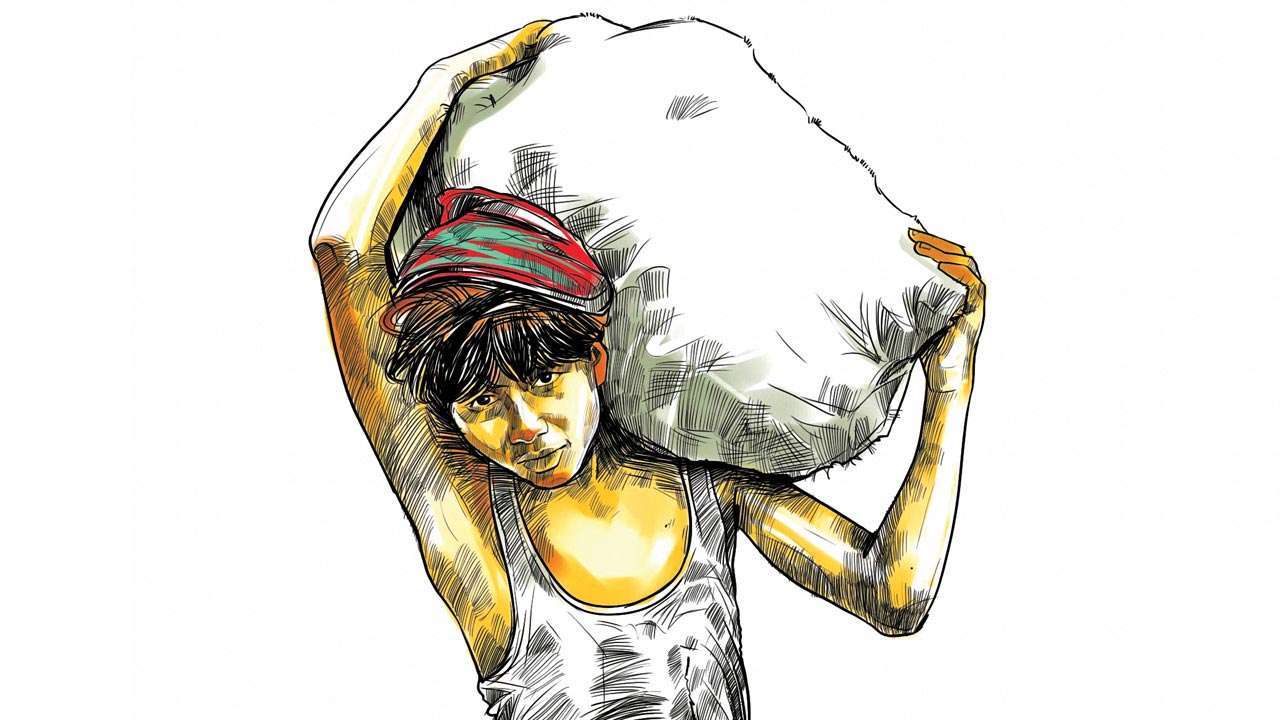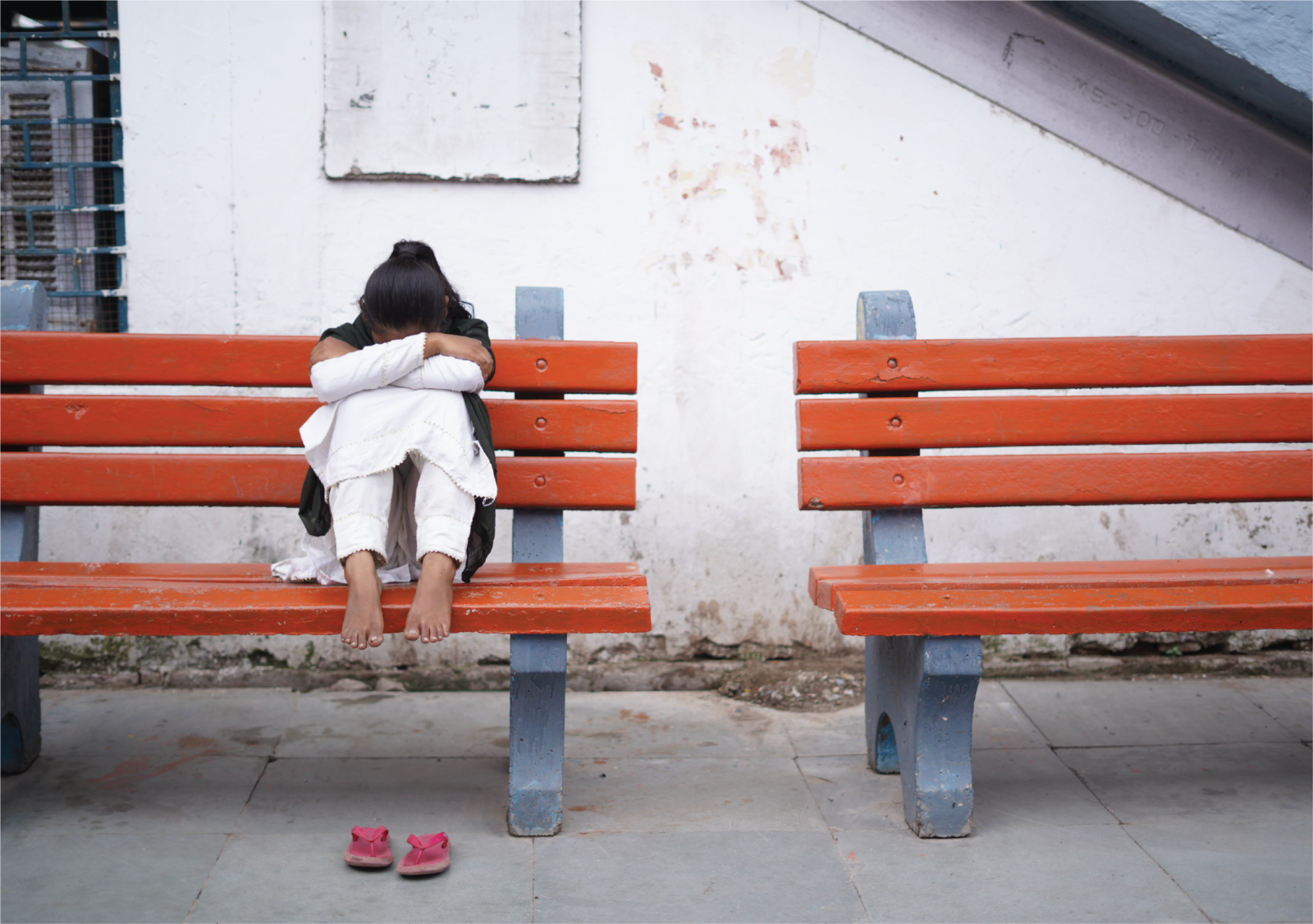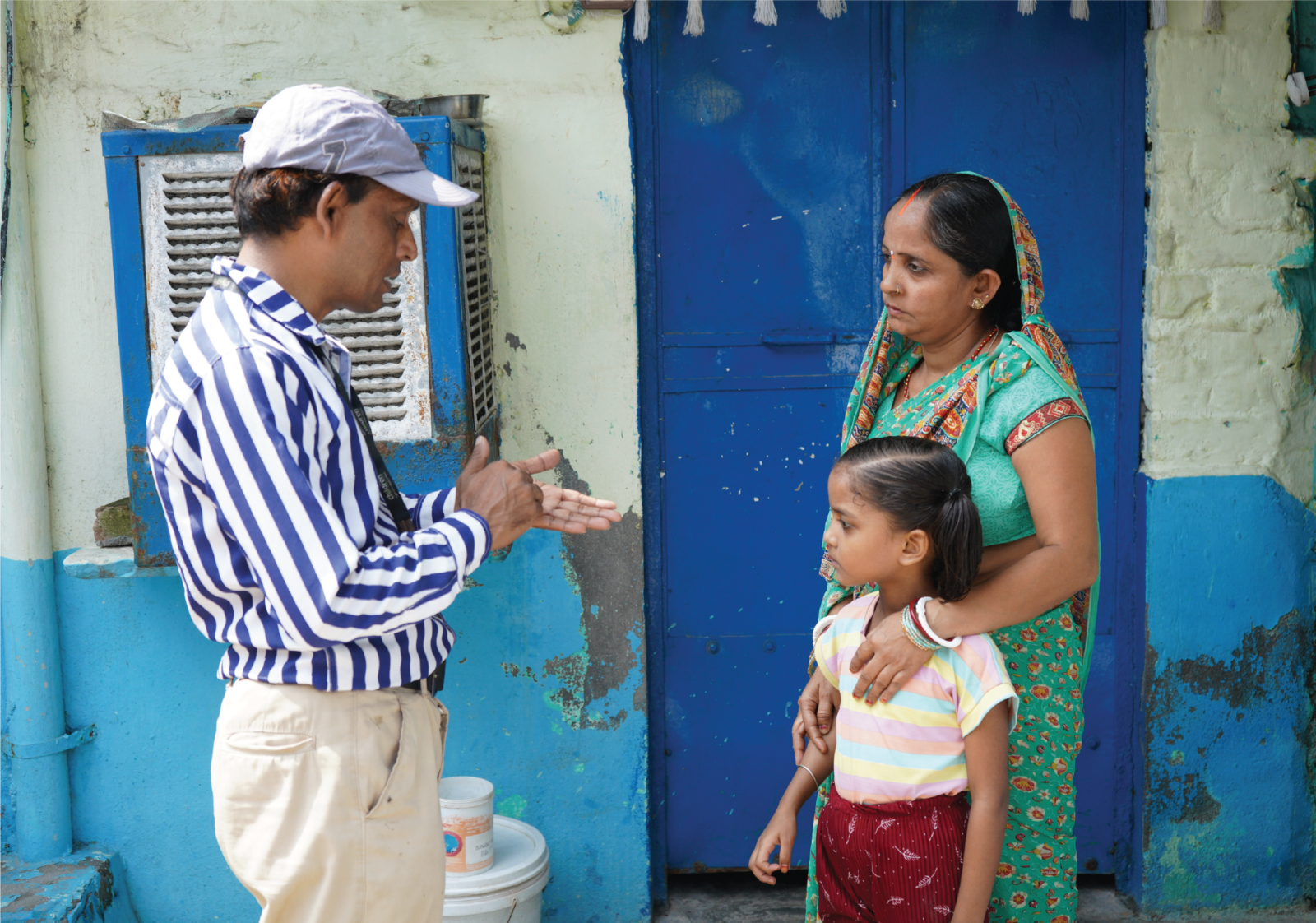Illustration – DNA
Their count exceeds millions year after year, yet child labourers remain an inconspicuous part of our environment. Their tiny hands touch every element of our day-to-day life, right from the clothes we wear and the cars we drive to the bags we own and the crackers we burst. There is no debate that their hands ought to hold pencils and books instead. What then stops this reality to bear fruit? Is it the mindset of people? Is it the lackadaisical approach of policymakers? Or is it parents’ crippling pressure of bringing food to the table?
While the answers to these questions will need more than discourse, acceptance, acknowledgement and awareness can drive the way towards curbing this social menace. As a means of initiating much-needed discourse, we present the June edition of #What’sInAHeadline—a compilation of intriguing headlines that draw your attention to the pressing subject of child labour.
1. Child labour eradication drive conducted in Noida: 25 children rescued
Laxmi Singh, Police Commissioner of Gautam Buddh Nagar, initiated a child labour eradication programme in Noida. As a part of this programme, officials conducted a daylong rescue mission in the city. Jointly conducted by Labour Department, District Probation Office, Childline Noida and the Anti-Human Trafficking Unit (AHTU), the mission resulted in the rescue of 25 children engaged in begging or child labour.
2. 7 children working in restaurant in Vadodara rescued
After receiving a tip off, Dahod’s child labour task force identified and rescued 7 children working in a restaurant. 5 of the 7 children hailed from nearby villages while one of them was a native of Rajasthan and the other a Nepali citizen. Promptly after rescue, each child was successfully reunited with his/her parents and guardians.
3. Nawanshahar, Punjab’s District Child Protection Office gears up for anti-child labour drive
Navjot Pal Singh Randhawa, Deputy Commissioner of Nawanshahar, Punjab, urged officials to conduct awareness campaigns and enforcement drives to curb the growing menace of child labour and begging in the region. With the active involvement of Child Protection Committees and NGOs of the region, Randhawa aims to make vital information about the ills and effects of employing children available to every resident of the district. Backing this proposed campaign is a thorough action plan chalked by the District Child Protection Office.
4. Government officials and multiple NGOs join hands for a rescue mission in Delhi
A rescue mission held at Delhi’s Pul Prahladpur, which included the joint efforts of local police department, Labour Department, Child Line, and District Child Protection Unit, resulted in the freedom of 22 children engaged in child labour across multiple establishments. The children were trafficked from Uttar Pradesh, Bihar and Jharkhand, and received a pittance of Rs. 50 to Rs. 100 as daily wages. After rescue, the children were stationed at Mukti Ashram, while the employers faced punishment under Bonded Labour Act, Child Labour Act, JJ Act and Trafficking Act.
5. Child labour and the burgeoning auto industry: an insightful report by NCPCR
The National Commission for the Protection of Child Rights (NCPCR) released an insightful report that sheds light on child labour in the automobile industry. Workshops and garages are categorized as hazardous working environments. As per the Child Labour (Prohibition & Regulation) Act 2016, any organization is debarred from engaging children below 14 years in such environments. Based on videos and interviews, the survey reflects a burgeoning grey market of service centres, mechanic shops and garages that blatantly employ children to match the growing demand of car owners.
6. Savitri ka Vidyabagh—a model community-based learning centre
Caste and community is a major factor contributing to children’s employment as child labourers. Situated in Sakraya Bangar village, Vrindavan, Mathura is Savitri ka Vidya Bagh, a community-based learning centre that serves children who have been deprived of education and were victims of child labour. Hailing from low-income, minority communities, the children and families inhabiting this village are forced to work for daily wages owing to the unfair hierarchical structure imposed on them. In Savitri’s Vidyabagh, children are taught using an Early Childhood Education Kit, which contains a systematic guide along with other learning aid.
7. The 3 I Strategy to curb child labour
Under the looming shadows of an unending poverty cycle, failed implementation of the Right to Education and a toothless Child Labour Act is the growing menace of child labour. While this social evil threatens to pause India’s growth, scholars Balhasan Ali and Dr. Udaya Shankar Mishra propose the 3 I strategy—Identification, Intervention, and Implementation. Self-explanatory in nature, the strategy begins with identification of these vulnerable children along with their parentage/household, followed by a swift and serious intervention, and implementation of the existing safeguarding policies.







